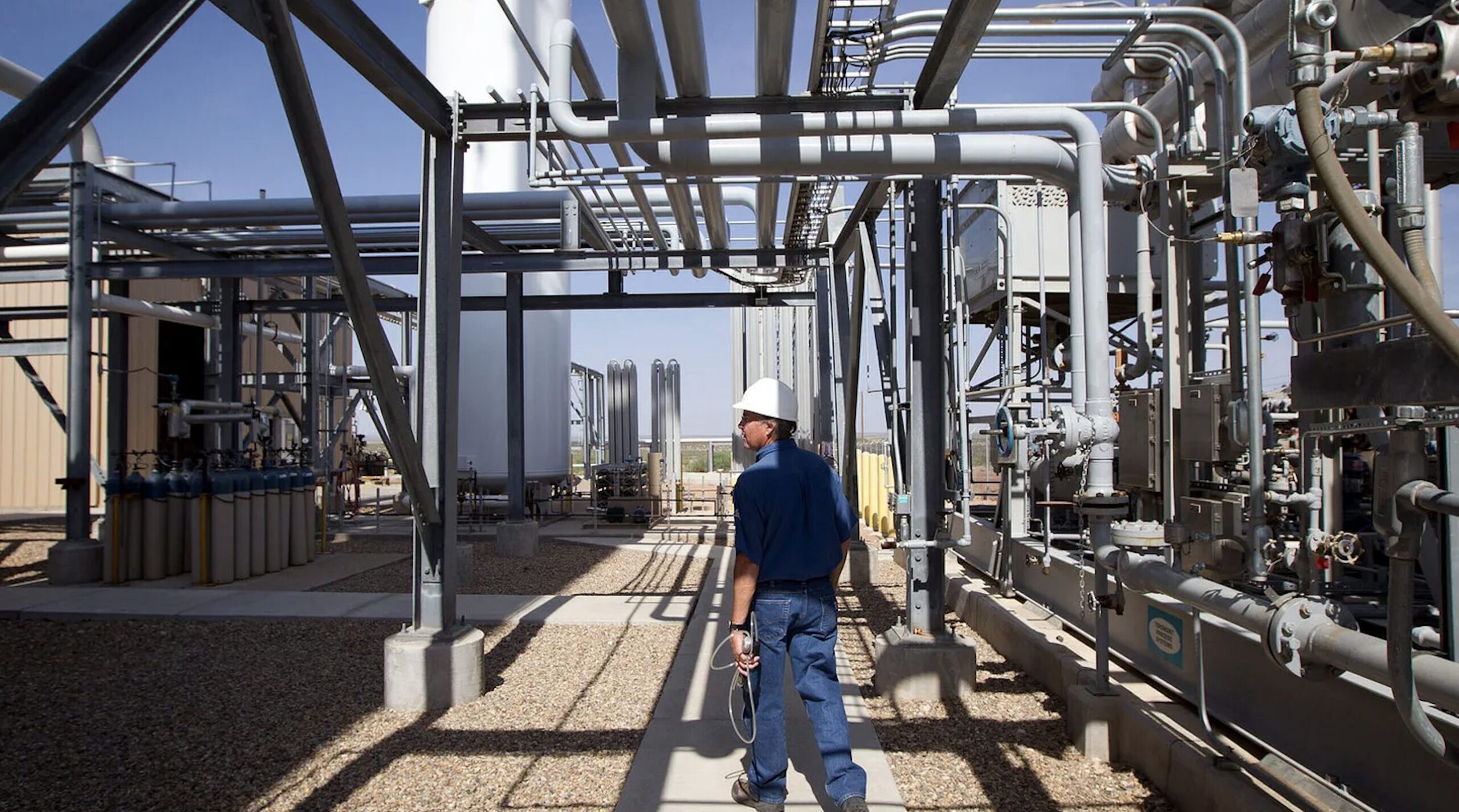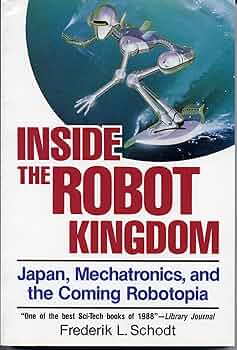
Eyck Freymann: How to Break China’s Minerals Chokehold
Why the allies need a multilateral commercial stockpile This essay is based on a Hoover History Lab working paper, co-authored with Joshua Stinson, William Norris,…
Thought Leader: Eyck Freymann

Soon, anyone launching a satellite or spacecraft will have new rules to follow.
Channel 2 Action News has learned that it’s the government’s effort to control a collision or additional space junk in orbit.
Recently, a piece of debris survived a re-entry from orbit and smashed through the roof of a home in Florida.
Situations where space junk falls onto a house are rare. But the real danger is what could happen if debris knocks out a satellite or even threatens the International Space Station.Shane Kimbrough
Channel 2 Chief Meteorologist Emeritus Glenn Burns got a look at why the feds are concerned.
Retired NASA astronaut and Atlanta native Shane Kimbrough speaks from experience.
“I’ve been fortunate enough to get to the space station three different times,” Kimbrough said. “I have probably a handful of times on this while we’re on the space station. We’ve had issues where they put us in a safe place on the space station and wait for this thing to pass.”
Channel 2 Action News caught up with Kimbrough at his office in Houston, Texas to get insight about new rules regarding space debris.
“That’s a huge danger to the spacecraft, but also to a person in a spacesuit if you’re out doing a spacewalk. And so, thank goodness, we have people that track all those things,” Kimbrough said.
Not far from Kimbrough’s office, NASA’s Orbital Debris Program Office works to understand how even the smallest particle could pose a threat to humans and technology.
Scientist Mark Matney leads that team. He said collisions and explosions that lead to space junk are common.
“(There have been) more than 200 explosions in space since the beginning of the space age. So they create lots of small debris,” Matney said. “Objects smaller than 10 centimeters can still cause problems, can still damage your spacecraft.”
The team tests protective gear and materials used to build spacecraft by shooting those small objects at the target.
“The idea is … we can test these and design shields to specifically handle the orbital debris environment that the spacecraft of interest is going to be encountering,” Matney said.
That’s what both the FAA and FCC are tackling as we speak.
Starting in the fall of this year, the FCC is requiring all new satellites to follow a “five-year rule”.
Basically, the satellites need to be responsibly taken down as soon as practical, but in no more than five years.
That’s a drastic change to the rule that’s been on the books since the beginning, which was 25 years.
The rule is expected to reduce space congestion and hopefully, collisions that lead to more debris.
So why should you care what’s floating around in space?
Your GPS signals, weather forecasting, and military operations all depend on signals sent from space satellites.
Kimbrough’s alma mater Georgia Tech is helping find solutions.
“It was decades ago that we recognized the amount of debris that was being created in space could eventually be an issue,” said Mariel Borowitz, professor at the Sam Nunn School of International Affairs at Georgia Tech.
She travels the world speaking about policies when it comes to space travel, launches and debris.
International cooperation is a big part of the puzzle with more commercial space interest.
“(It’s) a lot of different entities that have different interests and different priorities,” Borowitz said.
She told Burns that Tech is helping work to find solutions to the issue before it’s too late.
“We can get better sensors, we can get better algorithms. All on the technical side,” Borowitz said.
One of the solutions involves launching a device into space to collect debris.
“If these satellites are tumbling, they’re not predictable. It’s difficult to approach them and to grapple with them. That would be a technology that would allow you to do that,” Borowitz said.
All of it is to keep outer space safe for everyone.
“We want to be able to use space, you know, in 50 years, 100 years, 150 years,” Matney said.
Including those with aspirations like Kimbrough or anyone dreaming big about the future of space exploration.
“I hope one day if we can get the moon kind of colonized or, you know, inhabited, that you could potentially take a vacation up there, right, and hang out,” Kimbrough said.
Scientists with NOAA estimate 200 to 400 objects enter the Earth’s atmosphere every year. That’s about one a day. But it’s a numbers game.
Luckily humans aren’t impacted often because the majority of the earth’s surface is water or sparsely populated.
Eyck Freymann: How to Break China’s Minerals Chokehold
Why the allies need a multilateral commercial stockpile This essay is based on a Hoover History Lab working paper, co-authored with Joshua Stinson, William Norris,…
Thought Leader: Eyck Freymann
Chris Miller: Robotics Manufacturing: The Rise of Japan
“To the Americans, a robot is a computer attached to a mechanism. To Japanese, a robot is a mechanism attached to a computer.” The future…
Thought Leader: Chris Miller
Dr. Sanjay Gupta: A New Understanding of Parkinson’s Disease
Parkinson’s disease, a progressive movement disorder whose hallmark is damage to the dopamine-producing neurons in the brain, afflicts almost 12 million people worldwide. And the…
Thought Leader: Sanjay Gupta

